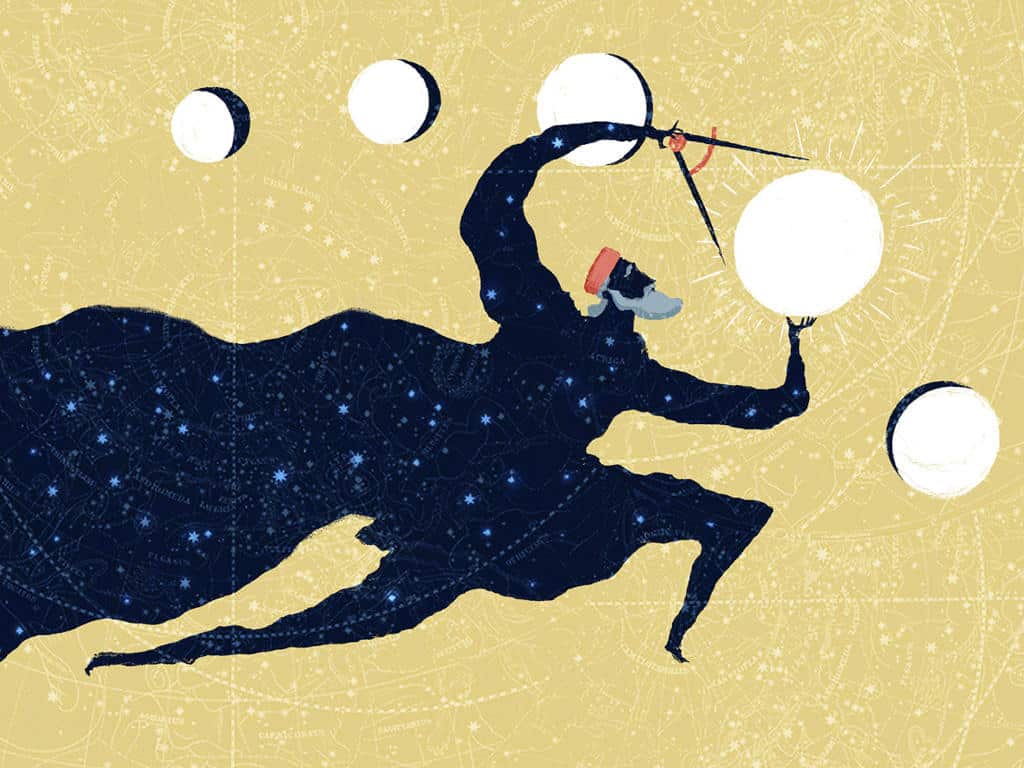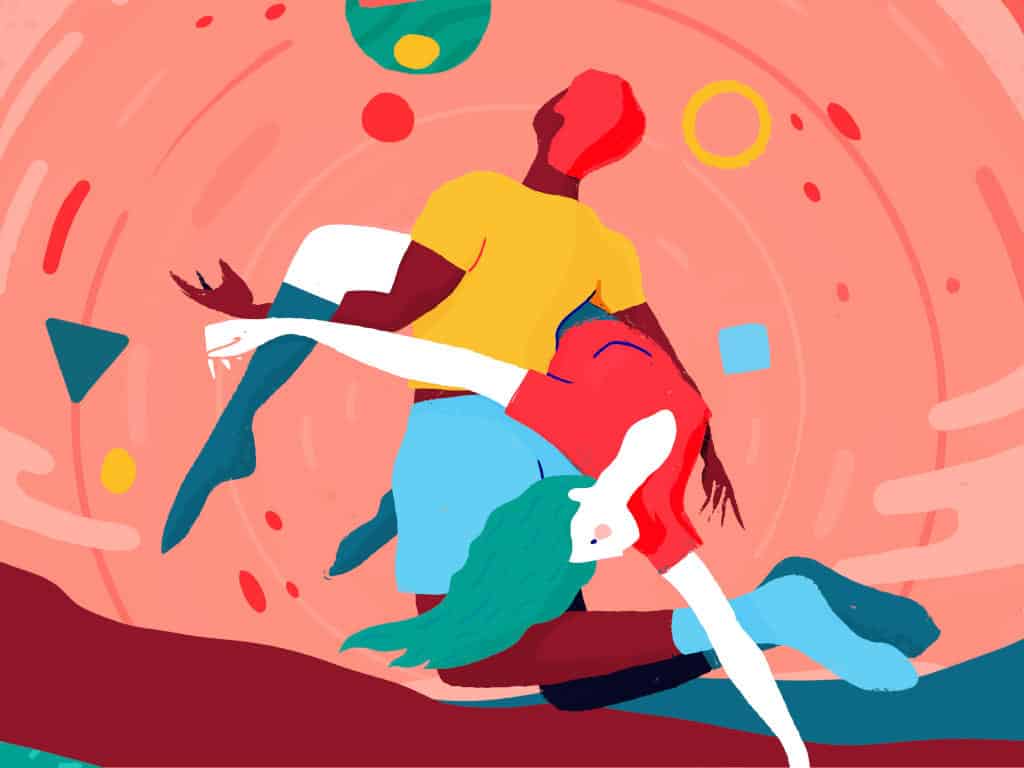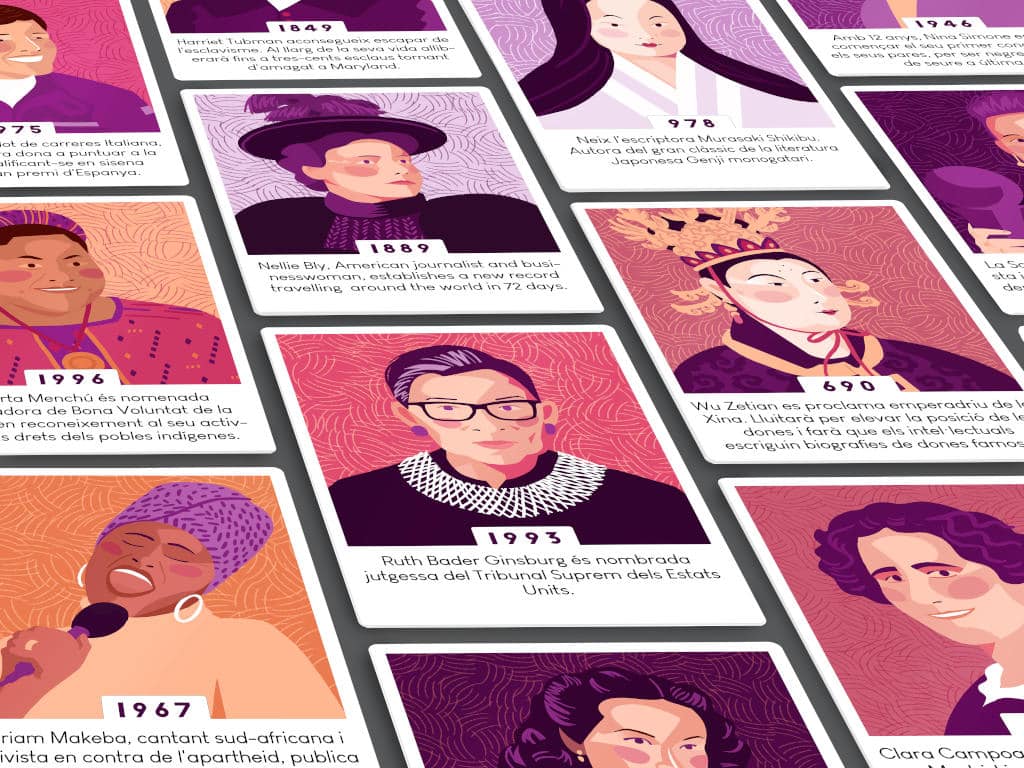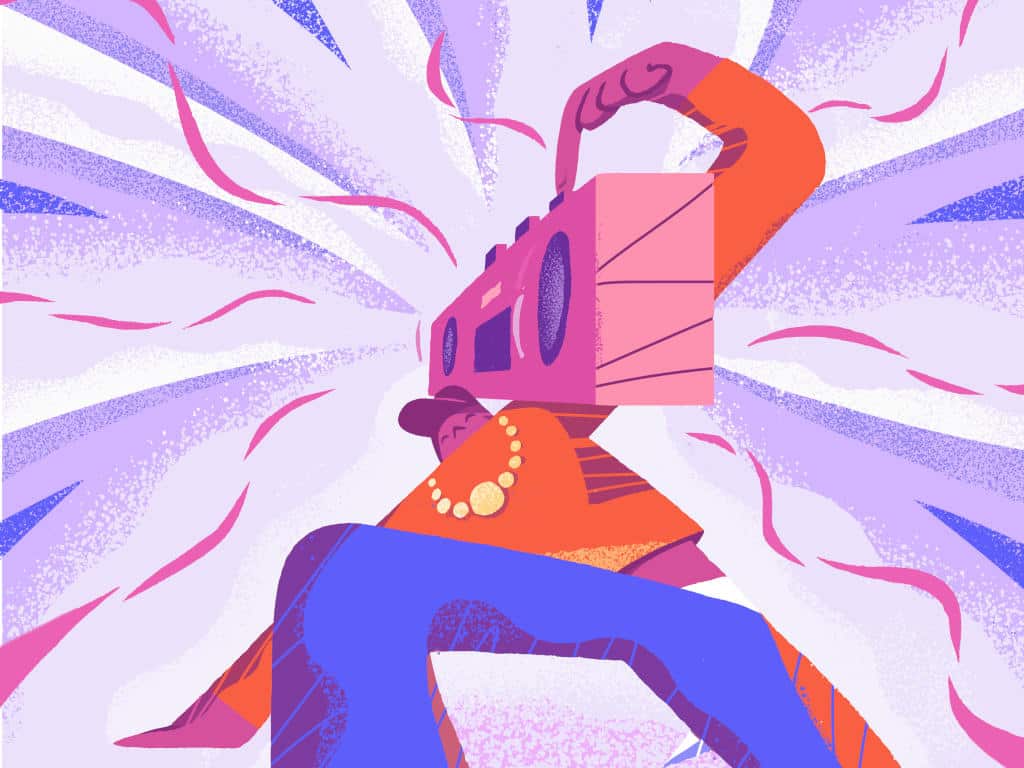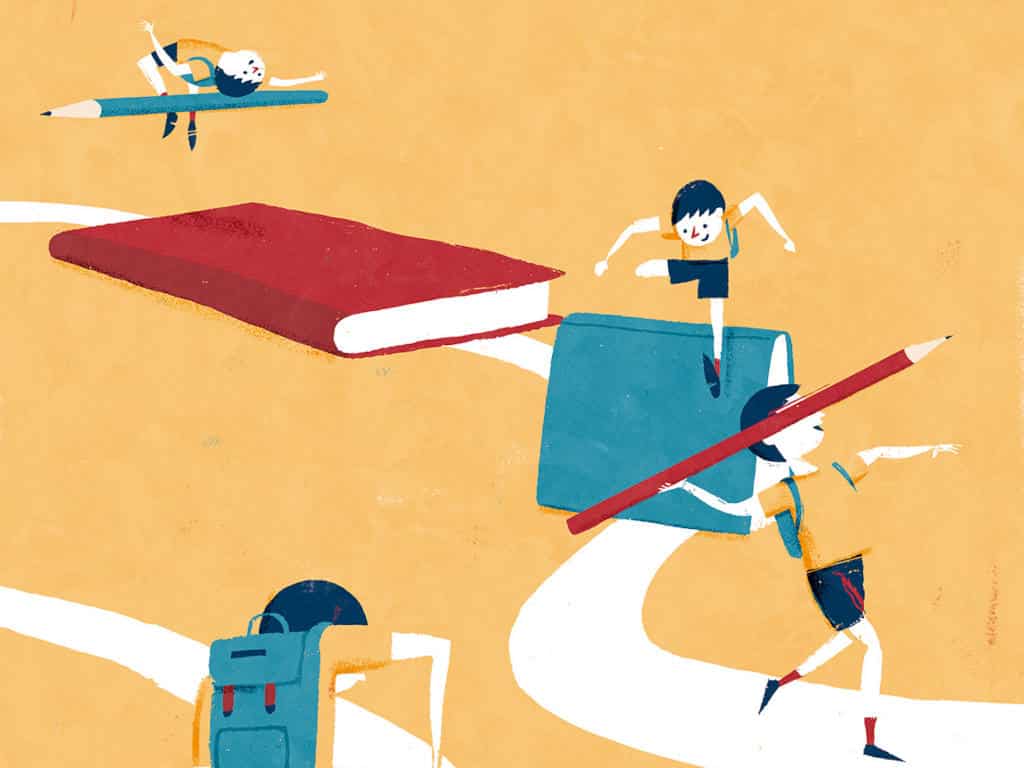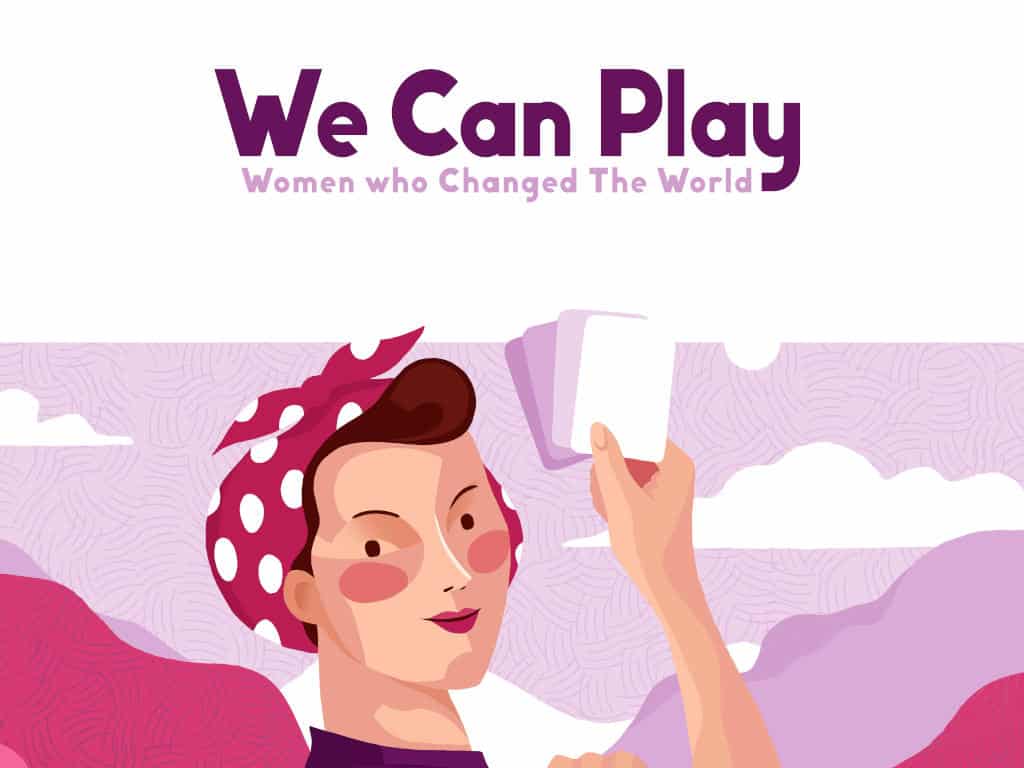
Albert Pinilla is an illustrator born in Barcelona. He is the co-creator and illustrator of the card game We Can Play: Women Who Changed The World and co-creator of the game publisher Julibert. He has also illustrated books such as The Interactive Constitution and Climate Change, the Choice Is Ours and has illustrated children’s board games for companies such as Jumbo Disset, Goula, Nathan and Headu.
- https://www.
julibert. com/ - https://www.
albertpinilla. com/ - https://www.
instagram. com/ wecanplay_ cardgame/ - https://twitter.
com/ WeCanPlay3
Artwork Samples
Audio Transcript
“Hi everyone and thank you very much Oliver for having me in your blog.
“My name is Albert Pinilla.
“I still feel quite new in this field, but maybe I can say that I have been a board game artist since 2017.
“At that time, a board game publisher, or maybe rather I would say a toy company, contacted me offering me to illustrate a board game for children.
“I think it’s a bit difficult for me to tell how my style is. I like to use flat colours. Sometimes I add textures, but mostly I use flat colours. That doesn’t mean that the whole illustration is flat, because I like also to have different perspectives and to give the feeling of movement in my illustrations and I also like very much to play with shapes. I do figurative illustrations, but I like to look at the illustration from an abstract perspective and play with these shapes and I also enjoy doing conceptual projects, where you have to tell more than one thing. The illustration can have different readings, different layers.
“The first board game I illustrated, it was for this company that I already tell. The name of the company is Jumbo Disset and they offered me to illustrate a card game for children. It was a really exciting project, because they were developing still the game. So I was… I could see how they were changing things and they were improving the game and I really enjoyed this really new project and after that, they offered me some other projects, the same company, and a little bit in the same line. They were projects for children, like sometimes some card games and puzzles and also memory games and yes, I enjoy it really much.
“The work that I’m most proud of is the board game that me and my partner Julia Johansson have created. This is We Can Play. It’s a card game about outstanding women in history and we started working seriously at the beginning of the pandemic and it was intense. It’s still very intense but very rewarding work. I have illustrated 101 cards, 96 powerful women and we are really excited that next week We Can Play will be a reality. It will be printed.
“Working on a project, I like to feel creatively free. That doesn’t mean that I need to work alone. I like to work with others and I can see that others’ perspectives can enrich my art and another very important thing is to believe in the project. One part can be static, but another very important part are the values that there are behind.
“So I find very inspiring to work on a project with values that I share. Illustrating for board games. I think it’s important to create atmospheres that can transport the players and atmospheres that fit well with the game and it’s also important that the illustrations explains well, that they help to understand and clarify the game. So I think it’s good to find a balance that the illustration, it has enough reach to create this atmosphere, but that you don’t add too much information that’s not needed.
“There are so many games and very good art so the most challenging thing, apart from keeping the balance on what I explained before, is to surprise, be seen among so many other games. The first contact we have with many games is the graphic part. So clearly is an important part and a challenge.
“The longest I worked on art for a board game was for We Can Play. Well on that project I haven’t worked just as an illustrator. I’ve been developing the game together with Julia from the beginning, but as well as as an illustrator, I’ve been working a lot. It took me one year to illustrate all the cards of the game, 101 cards, and the package also. Also, we launched the game on Kickstarter and for being our first Kickstarter I think it went really well, but we offer also during the Kickstarter personalized cards. So I’ve been illustrating also 50 personalized cards.
“In my view, more board game artwork should be more inclusive, representing racial diversity for example. I think that as a society we still have to claim many inequalities and injustices and I think that board games can be a very good opportunity to educate in values, for example looking to represent minorities.
“It’s very difficult to say a single illustrator that I admire. Right now I’m very fascinated by the art of Léonard Dupond. I recently discovered him from the art of I C E, the board game I C E, and I think the illustrations are very powerful. I love the palette he uses and I think he has a very great sense of aesthetics.
“My favourite colour is… well, it’s very difficult to say a single colour. Maybe I can say that today my favourite colour is purple.
“What very few people know about me is that I hate hearing the noise when other people are eating. Sometimes even my own noise. I think it’s pathologic but I can suffer it without others noticing.
“If you wanted to become a board game artist yourself, I would of course encourage you. I would advise you to look a lot at what artists are doing and I would recommend you to contact people, look for projects or I would encourage you to create your own project and I think that in general, the board game environment is a very cooperative environment and in which there are opportunities for many artists. So go for it.
“If you want to get in touch, you can contact me through the website juliebert.com, the page of the board game publisher that Julie and I have recently created.
“Thank you so much, Oliver. It’s an honour to be in your blog. Bye.”
Transcript by Make My Game Travel (https://makemygametravel.


